Sayan Montane Conifer Forests
The ecoregion’s land area is provided in units of 1,000 hectares. The conservation target is the Global Safety Net (GSN1) area for the given ecoregion. The protection level indicates the percentage of the GSN goal that is currently protected on a scale of 0-10. N/A means data is not available at this time.
Bioregion: Sayan Mountain Conifer Forests, Alpine Meadows & Steppe (PA36)
Realm: Central Eurasia
Ecoregion Size (1000 ha):
35,821
Ecoregion ID:
707
Conservation Target:
51%
Protection Level:
4
States: Russia, Mongolia
Great grey owls soar silently between the trees as wolves follow wapiti herds through the snow. The Sayan Montane Conifer Forests ecoregion provides a snapshot of life at the end of the last ice age. Numerous lakes, steep ravines, and uninterrupted stretches of ancient dark taiga forest are home to endangered Pallas’s fish eagle, endemic Altai snowcock, brown bear, moose, and Siberian musk deer, to name but a few species. The Eastern Sayan Mountains are the home of the oldest form of reindeer herding.
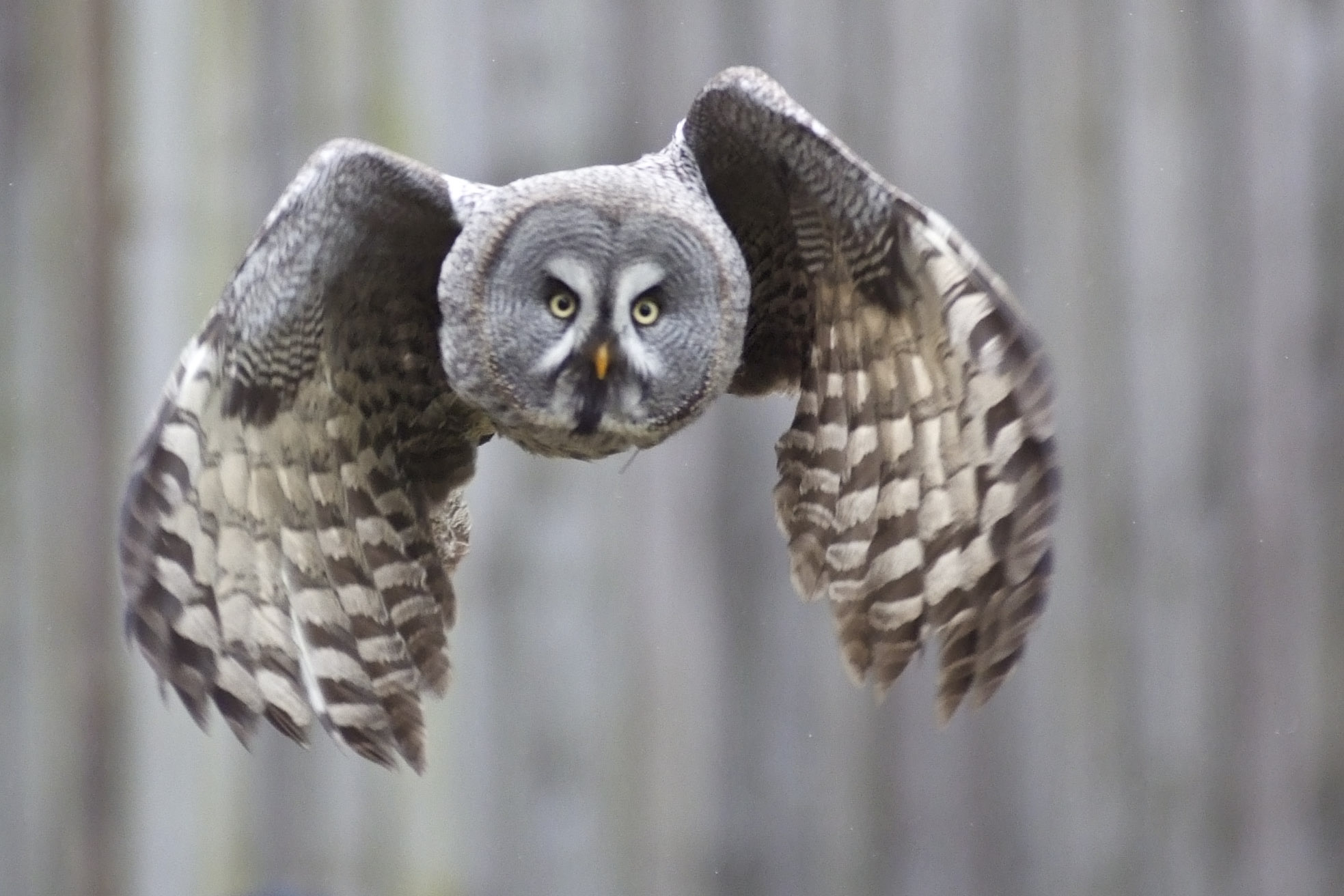
The flagship species of the Sayan Montane Conifer Forests ecoregion is the great grey owl (Strix nebulosa). Image credit: Wildpark Eekholt, Creative Commons
This ecoregion is situated on the boundary between Siberian taiga forest and the Central Asian desert, comprising the mid-elevations of the highest mountains in Siberia. The mountains are split into two segments: the Western Sayan with ridges extending from the southwest to the northeast, and the Eastern Sayan with ridges with a south-eastern strike. A seismic zone runs northeastwards as far as the central Eastern Sayan, where it passes into the seismic zone of the Baikal rift.
There is a strongly continental climate. Average monthly temperatures and annual precipitation both peak in July but vary locally. For example, they are -17.2–18.4°C and 509 mm in Sheregesh but -25.6–18.4°C and 301 mm in Chadan. On the southern side of the mountains, the average annual temperature is below freezing. On the northwestern slopes of the Eastern Sayan, mean annual precipitation can reach 1,200 mm.
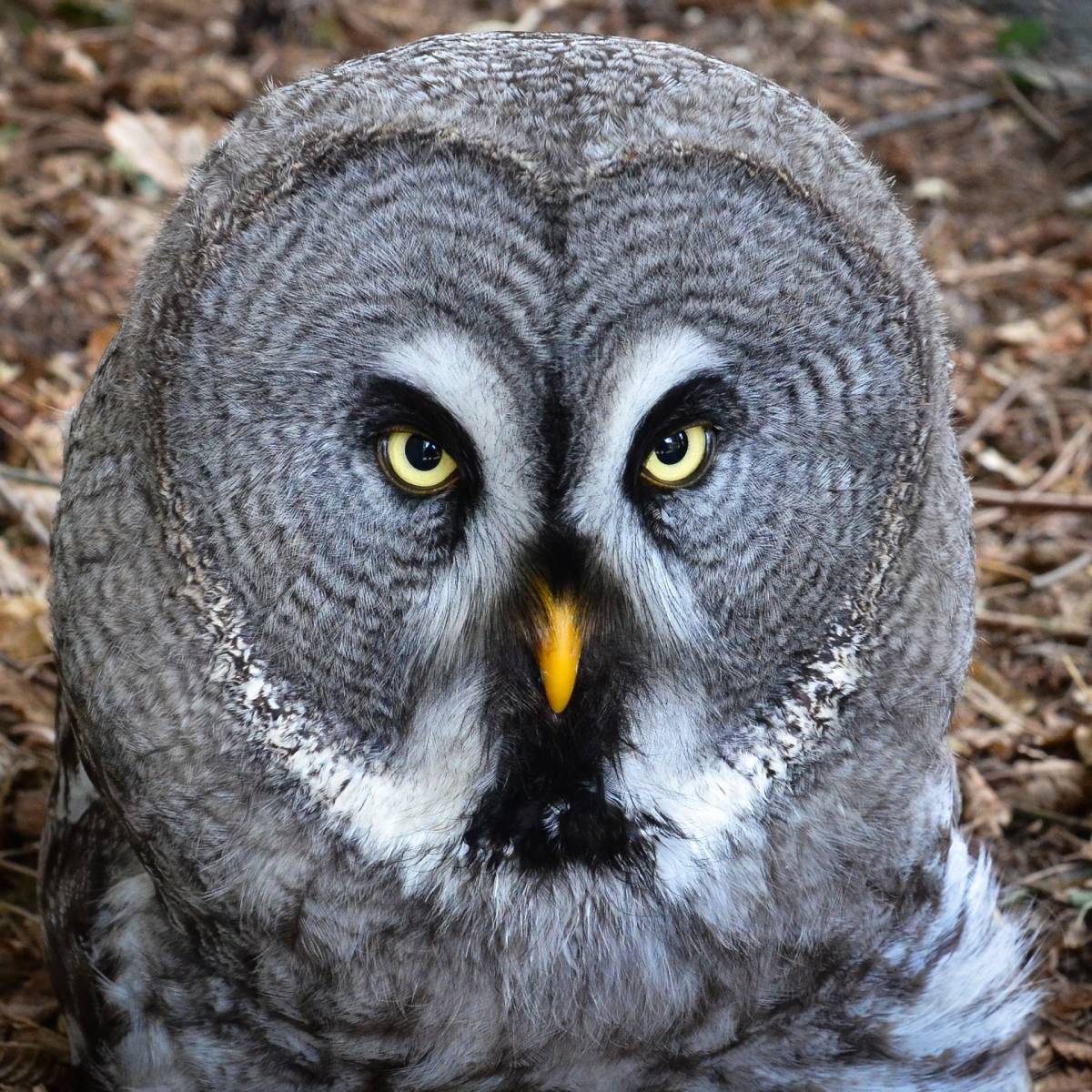
Great gray owl. Image credit: Olaf Oliviero Riemer, Creative Commons
The world’s largest relict dark taiga forests of Siberian fir, Siberian pine, and Siberian spruce are found here. Above altitudes of 1,400 m, the taiga forests are replaced by a sparser zone of Siberian larch and scots pine with rhododendrons in the underlayer and many grasses underfoot. The dark taiga forest has a wonderful understory, including guelder rose, prickle wild rose, burnet rose, Siberian pea shrub, and blackcurrants.
The ground layer includes ancient relict species, for example, lily of the valley, European wild ginger, false-brome, male fern, Siberian bugloss, Siberian adder’s-tongue, narrow leaf bittercress, sweet woodruff, and Braun’s holly fern. Within the Altai-Sayan region, there are over 300 endemic plant species.
The ecoregion is a haven for many large mammals: the vulnerable snow leopard, brown bear, grey wolf, moose, wapiti, Siberian musk deer, Siberian roe deer, Siberian ibex, wolverine, and wild boar. Typical smaller mammals include sable, Siberian weasel, steppe polecat, and Siberian mole.
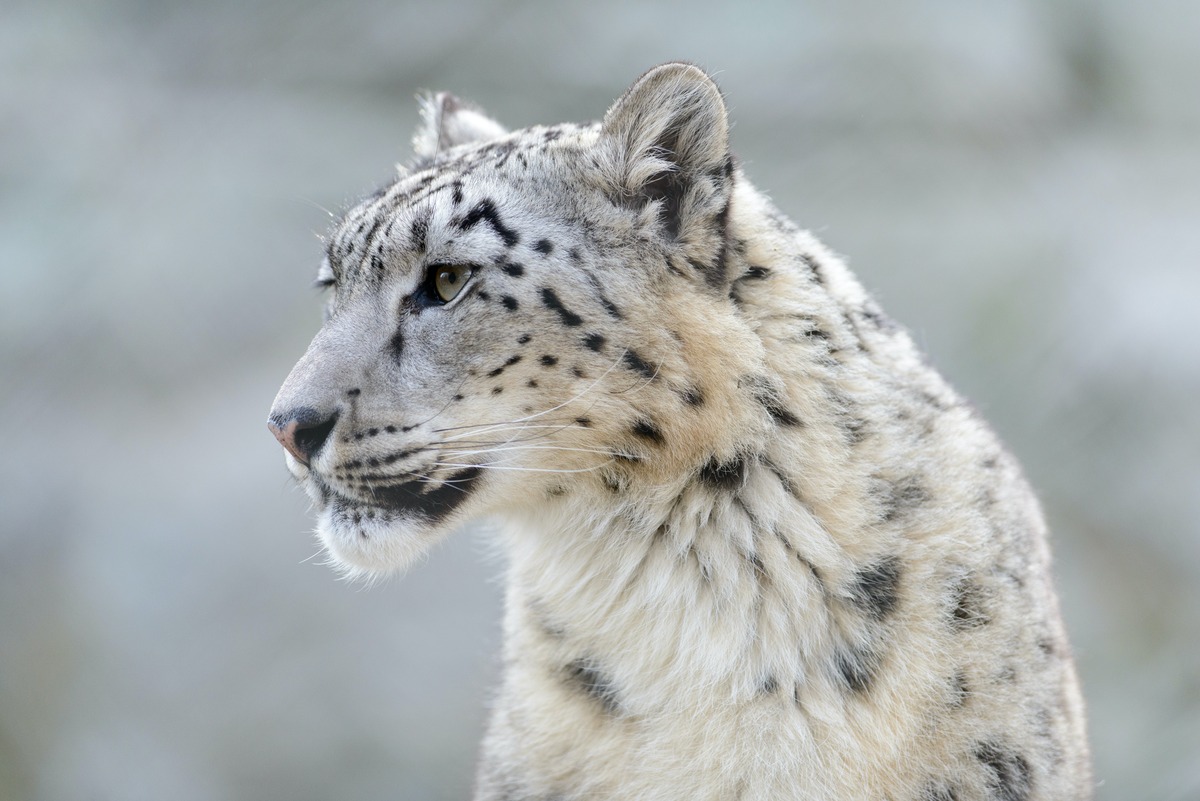
Snow leopard. Image credit: Eric Kilby, Creative Commons
An extraordinary variety of birds are found, including the endangered Pallas’s fish eagle, the vulnerable eastern imperial eagles and cinereous vulture, upland buzzards, great grey owls, boreal owls, Eurasian pygmy owls, an isolated population of long-tailed duck, and the rare Asian dowitcher. Endemic species include the Altai snowcock and Siberian shrew.
The lower part of the forest belt has been substantially modified by human activity. In many areas, taiga has been replaced by secondary birch and aspen forests or transformed into grazing and hay fields. In the 1950s and 1960s, Siberian pine forests in the Eastern Sayan were extensively damaged by the pine silkworm, and large areas of forest were destroyed. There are 9 strictly protected areas within the ecoregion. Altaiskiy State Nature Reserve, where the Ob River originates, forms part of the Golden Mountains of Altai World Heritage Site.
Tree productivity, forest structure change, and upward movements of tree lines have been observed in the area, with unknown consequences. Illegal logging occurs in the ecoregion, and forest fires are a serious concern, alongside pests and diseases, the risks probably increasing with climate change. Poaching of species such as Siberian ibex and wapiti occurs. The Altai gas pipeline is scheduled to be built through the ecoregion, with a planned route that skirts the Golden Mountains of Altai World Heritage Site.
The priority conservation actions for the next decade
- Prevent logging of primary forest.
- Increase the connectivity of protected areas.
- Prevent poaching of species important to the snow leopard population.
-
-
- WWF. 2018. Central Asia Southern Russia into northern Mongolia. [Online]. [Accessed 8th November 2019]. Available from: https://www.worldwildlife.org/ecoregions/pa0519
- Joint Research Centre of the European Commission. 2019. The Digital Observatory for Protected Areas (DOPA) Explorer 3.1: Sayan Montane Conifer Forests. [Online]. [Accessed 7 November 2019]. Available from: https://dopa-explorer.jrc.ec.europa.eu/ecoregion/80519
- Altaiskiy State Nature Biosphere Reserve. 2019. Flora and fauna of the Reserve: rare species. [Online]. [Accessed 7 November 2019]. Available from: http://www.altzapovednik.ru/en.aspx
-
Cite this page: Sayan Montane Conifer Forests. Ecoregion Snapshots: Descriptive Abstracts of the Terrestrial Ecoregions of the World, 2021. Developed by One Earth and RESOLVE. https://www.oneearth.org/ecoregions/sayan-montane-conifer-forests/
-
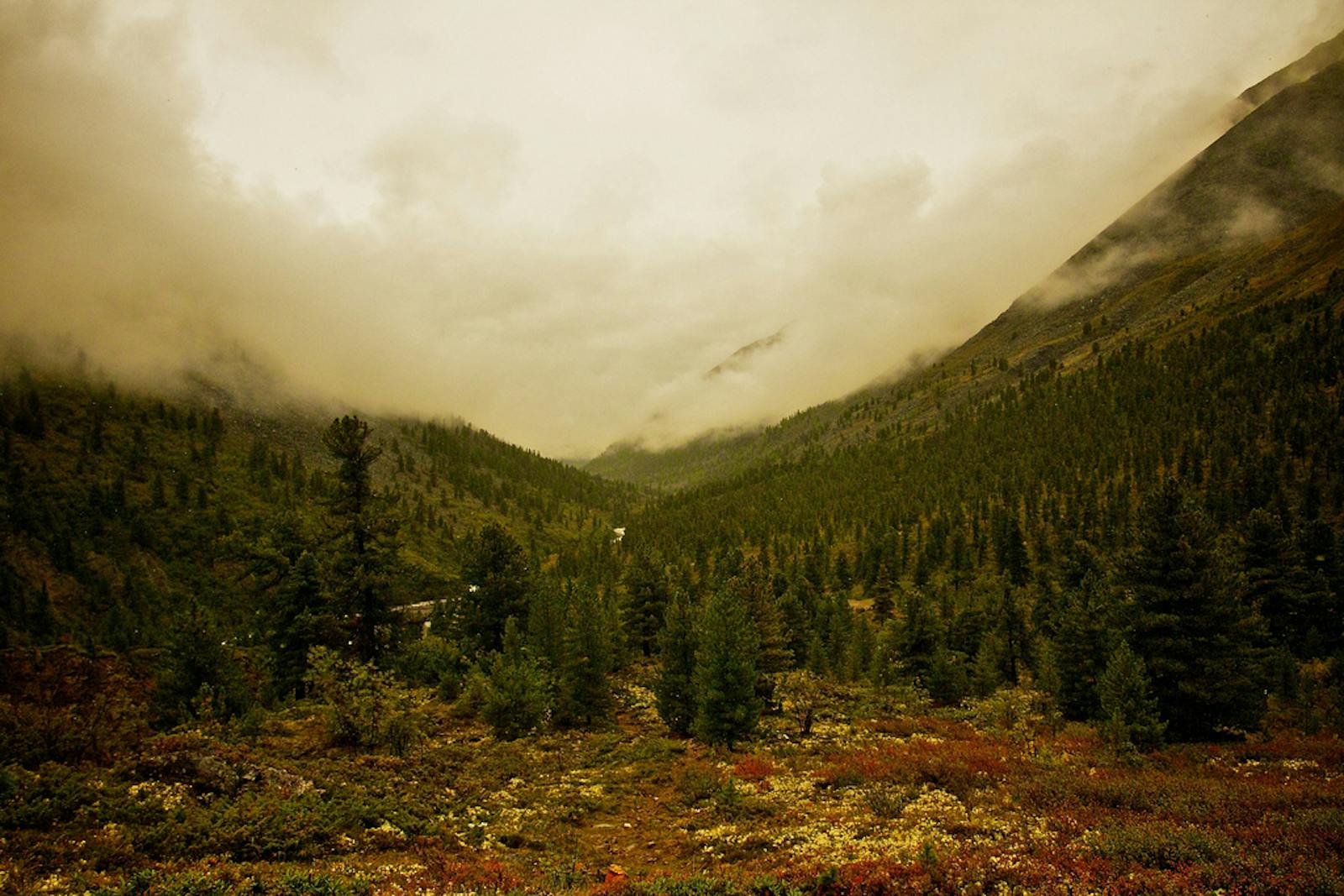
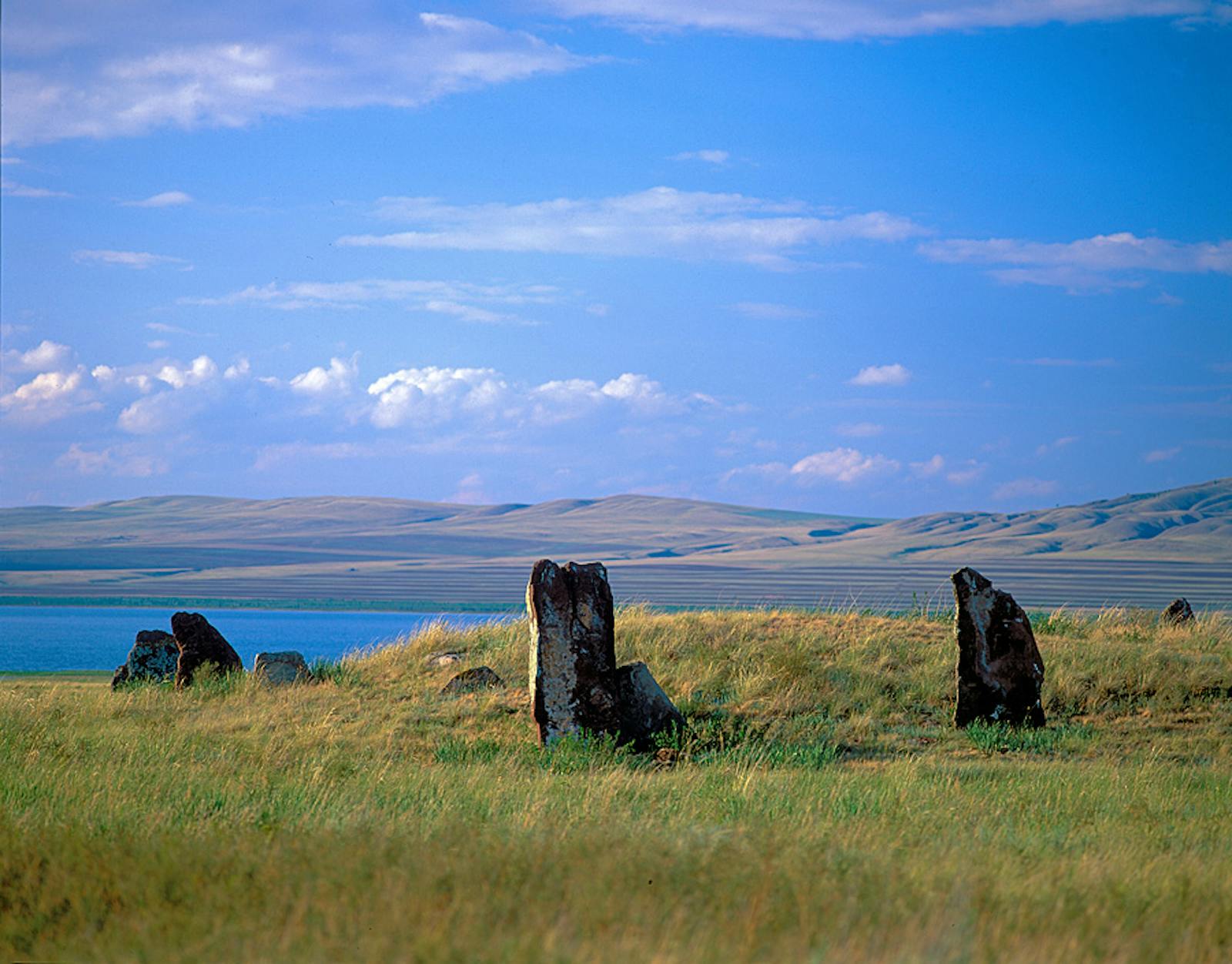


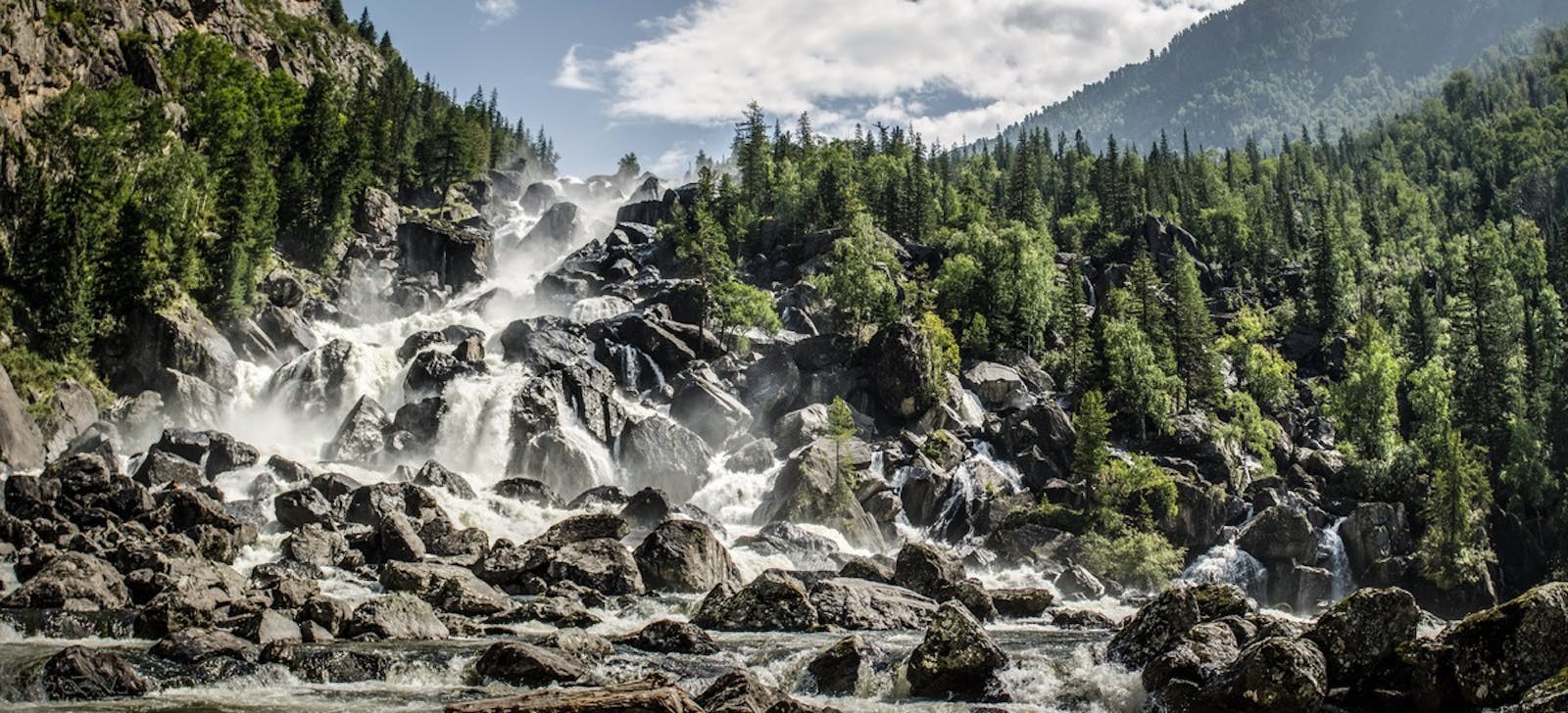
.png?auto=compress%2Cformat&w=300)

